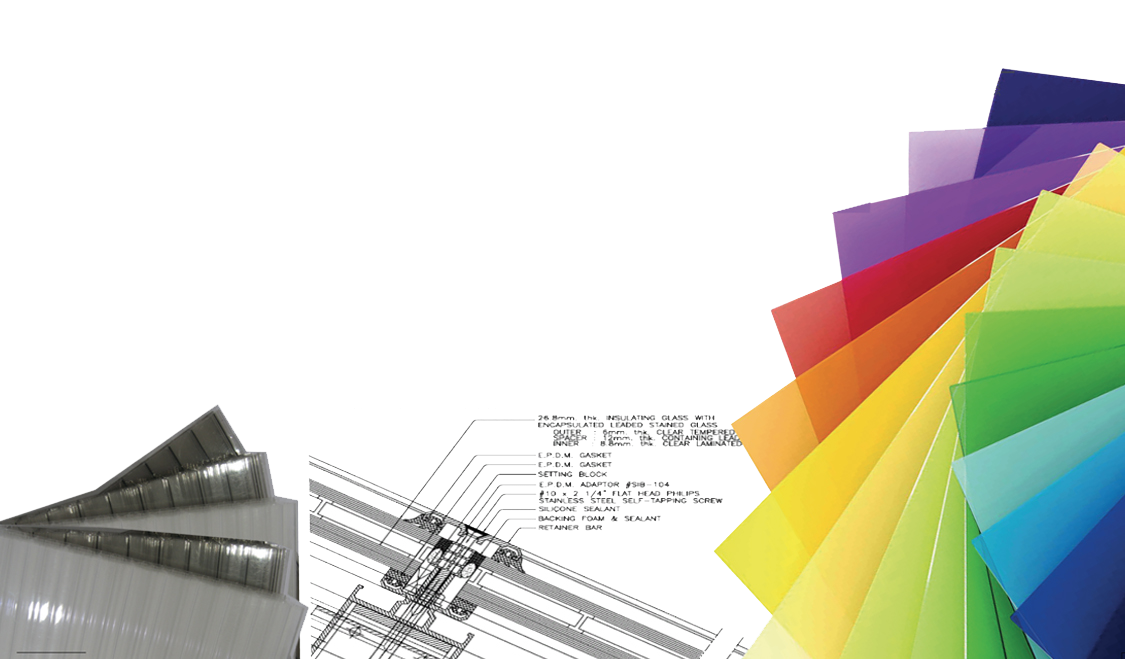
Glazing Specification
When selecting a skylight for your building, it's important to consider what type of glazing you should use to improve your home's energy efficiency. Skylight glazing usually consists of either polycarbonate or glass. Other glazing technologies may also be used for solar heat control.
Low e glass
Low emission glass is a high quality, clear, float glass with a specially formulated, permanent, transparent coating. This glass has been specially developed to provide increased thermal insulation. It blocks heat penetrate to the living room, reducing heat loss considerably.
Solid Polycarbonate
Polycarbonate glazing is less liable to break than most other glazing materials. Polycarbonate both side ultraviolet (UV) protected which increases fading damage to furnishings. Polycarbonates offer high impact resistance, its 250 times stronger than glass. Available in different colors and various thickness.
Multi-wall polycarbonate
Multi-wall transparent sheet has both sides proprietary UV-protected surface, giving excellent resistance to outdoor weathering. Maintains the superior toughness of the polycarbonate material in comparison to other thermoplastic glazing. its excellent impact resistant it is ideally suited to a wide range of building construction applications.
Laminated glass
All glass used for skylights must be made of "safety glazing," a generic term for both tempered and laminated glass. Tempered glass is the most impact resistant. Laminated glass is fabricated with a thin layer of plastic embedded near the center of the glass. Skylights are often made with a tempered glass on the exterior side and a laminated pane on the interior side. This arrangement gives maximum impact resistance while protecting occupants from falling shards of glass.


